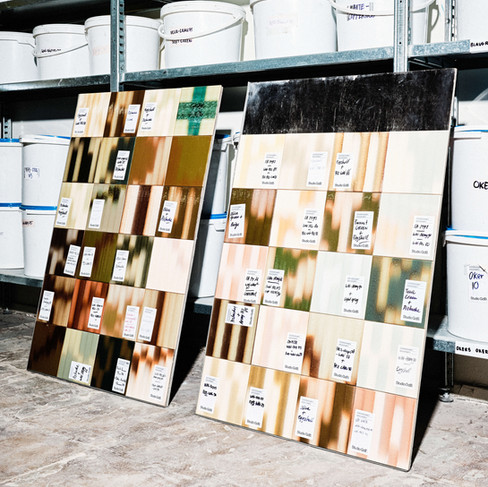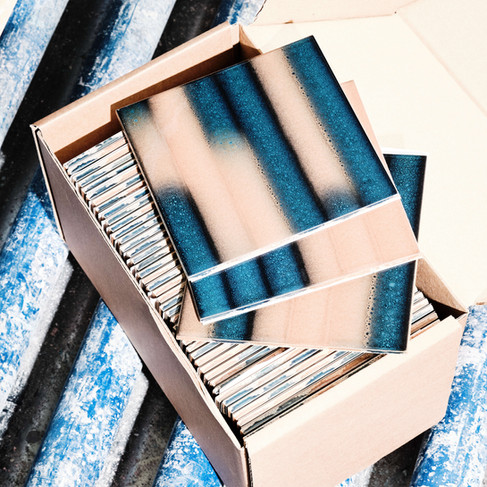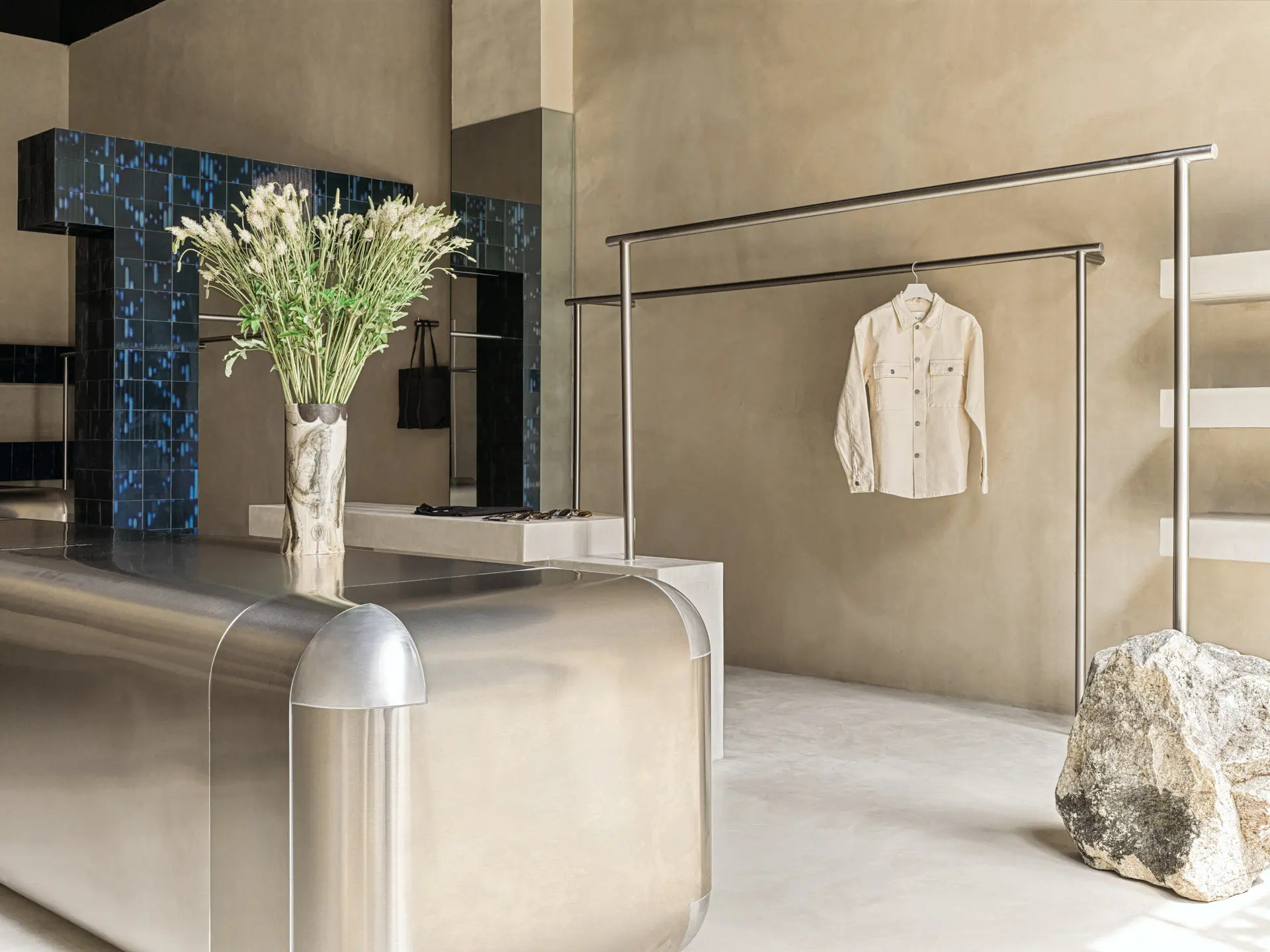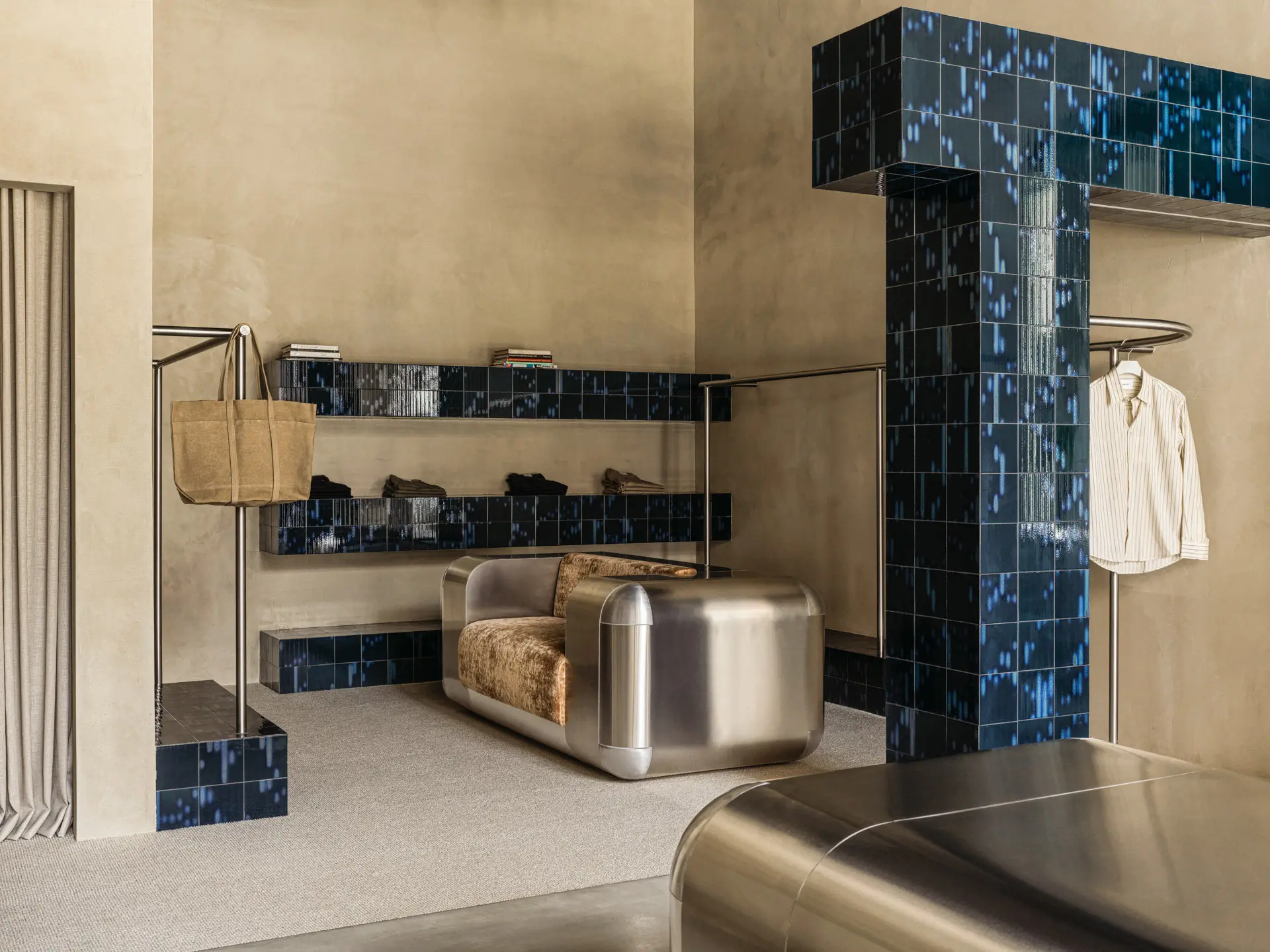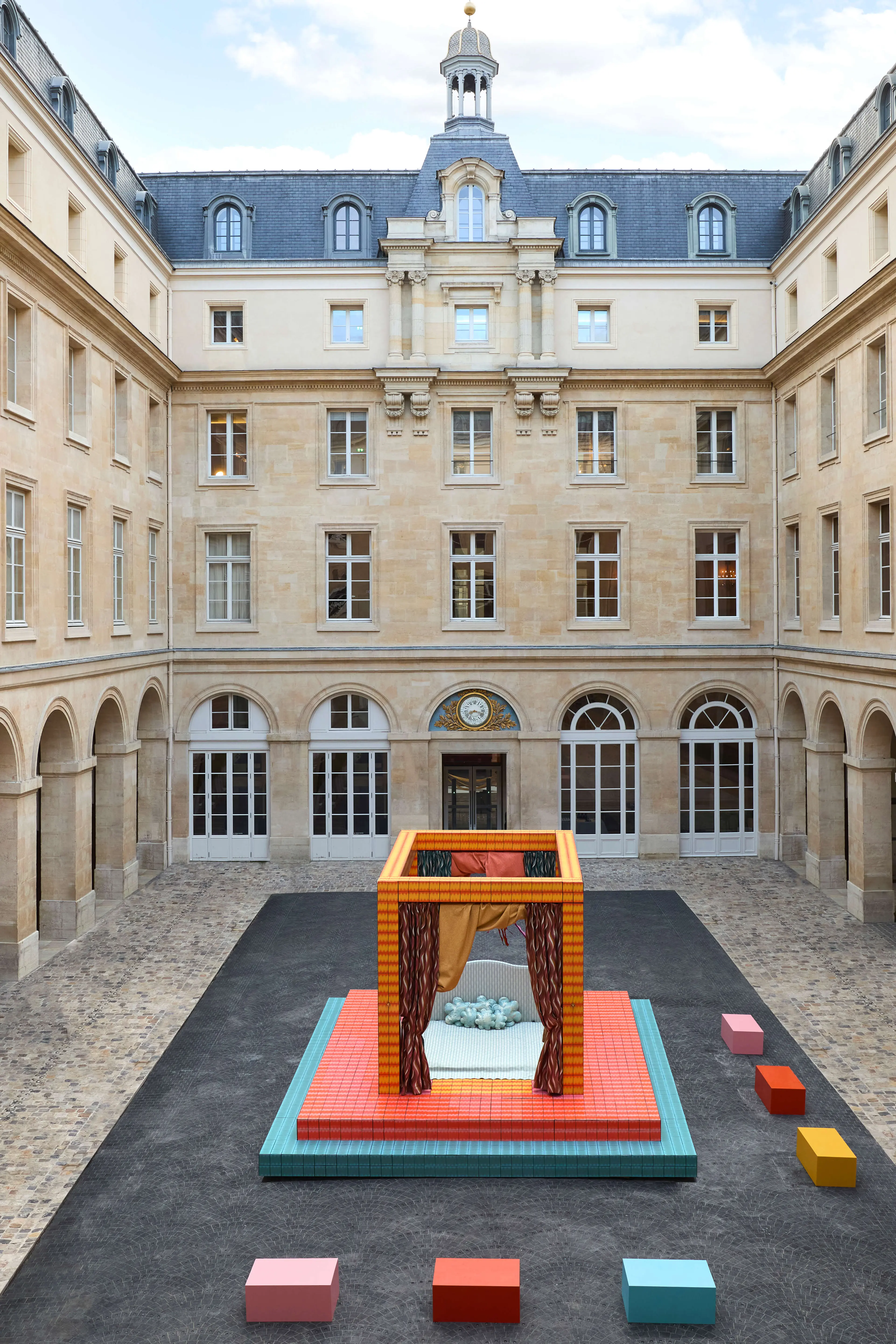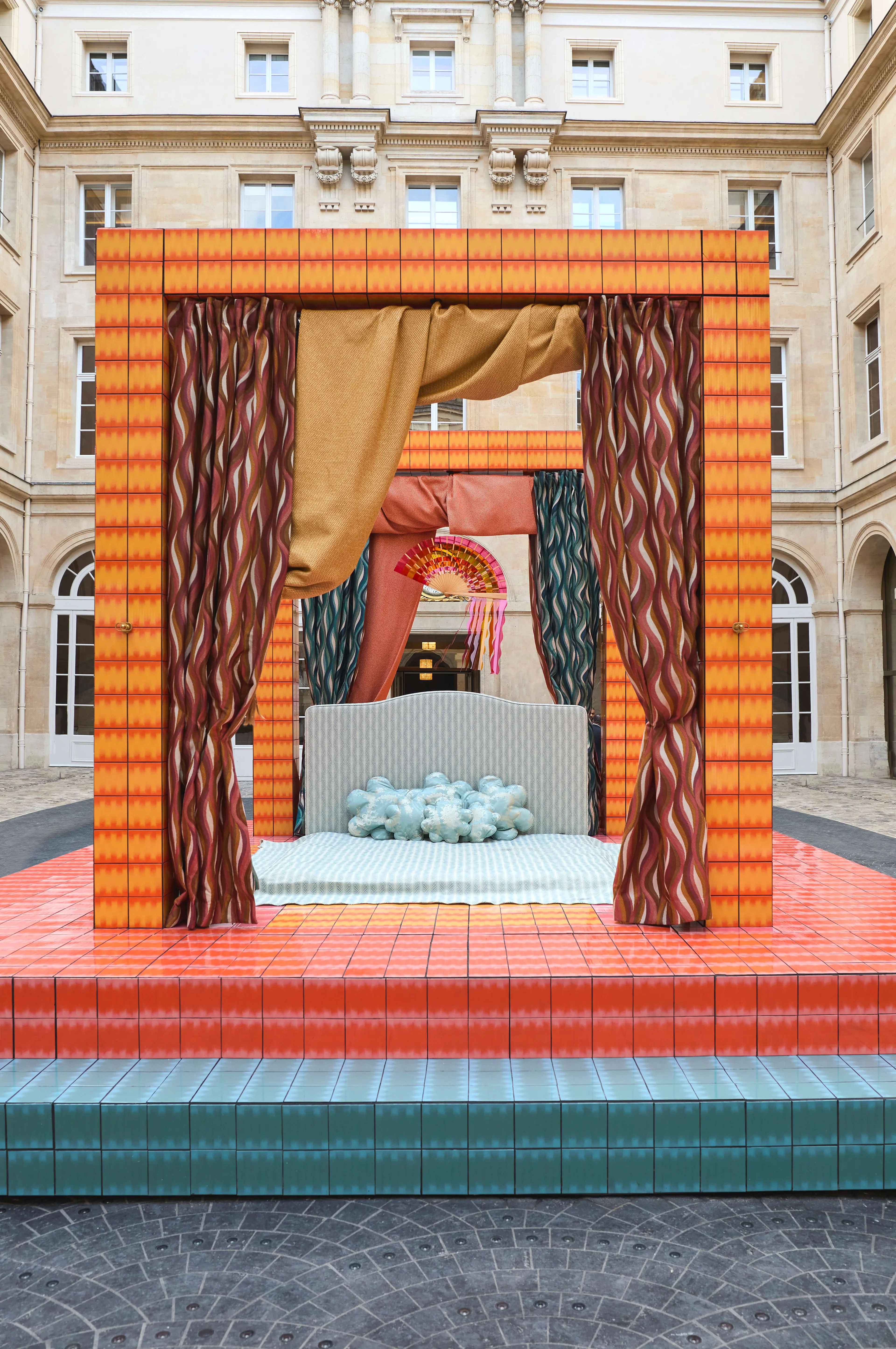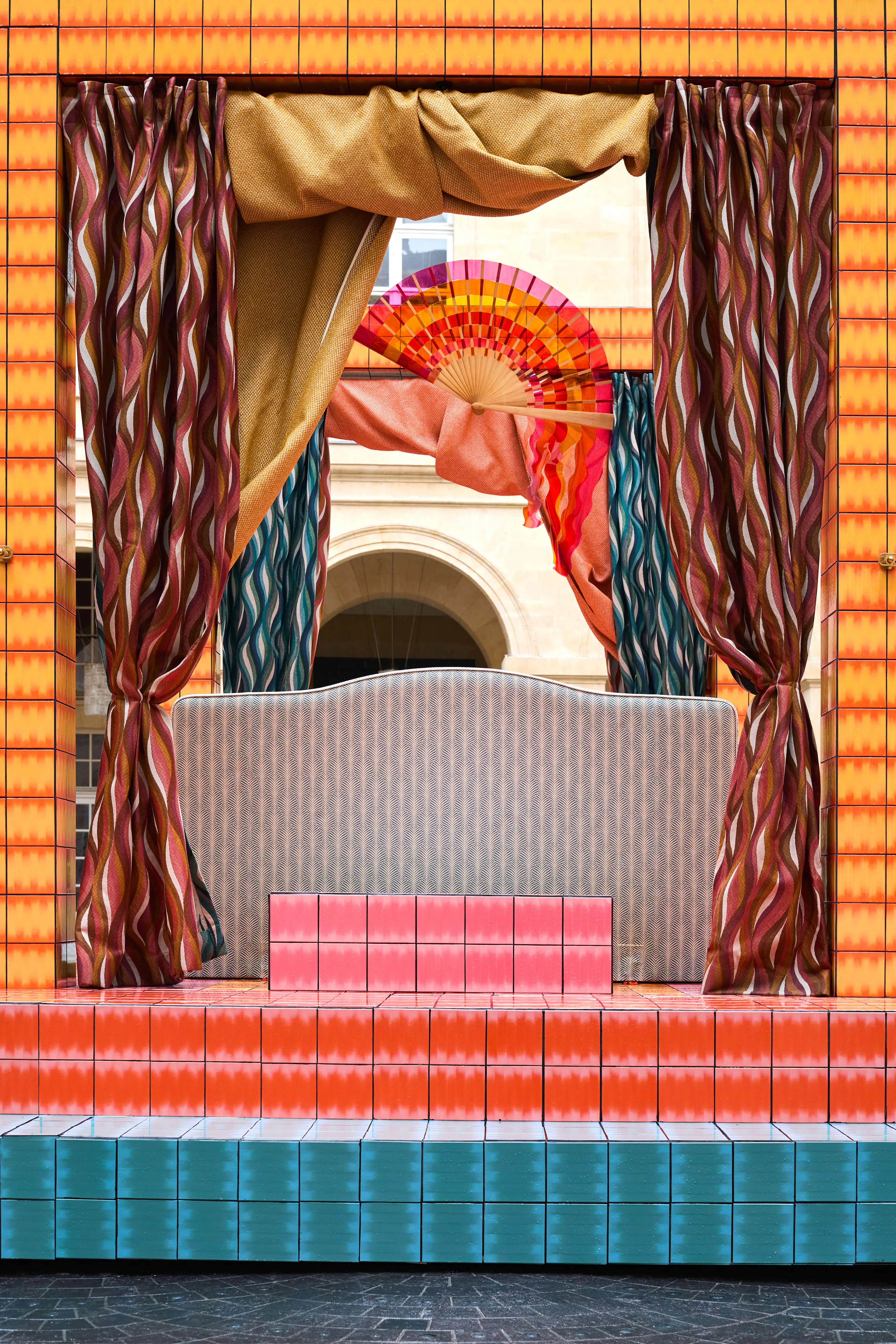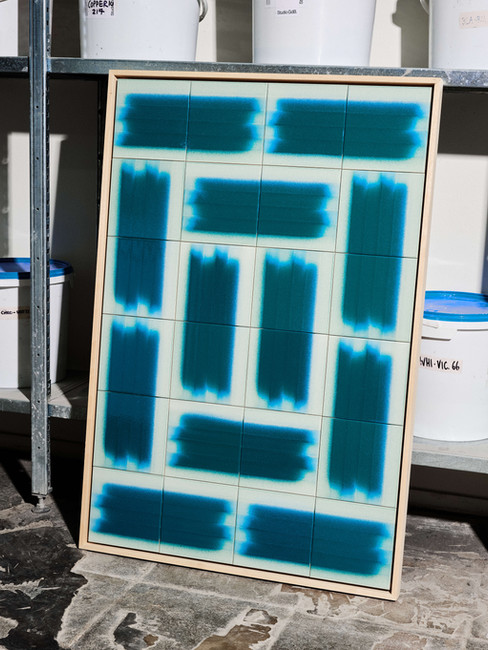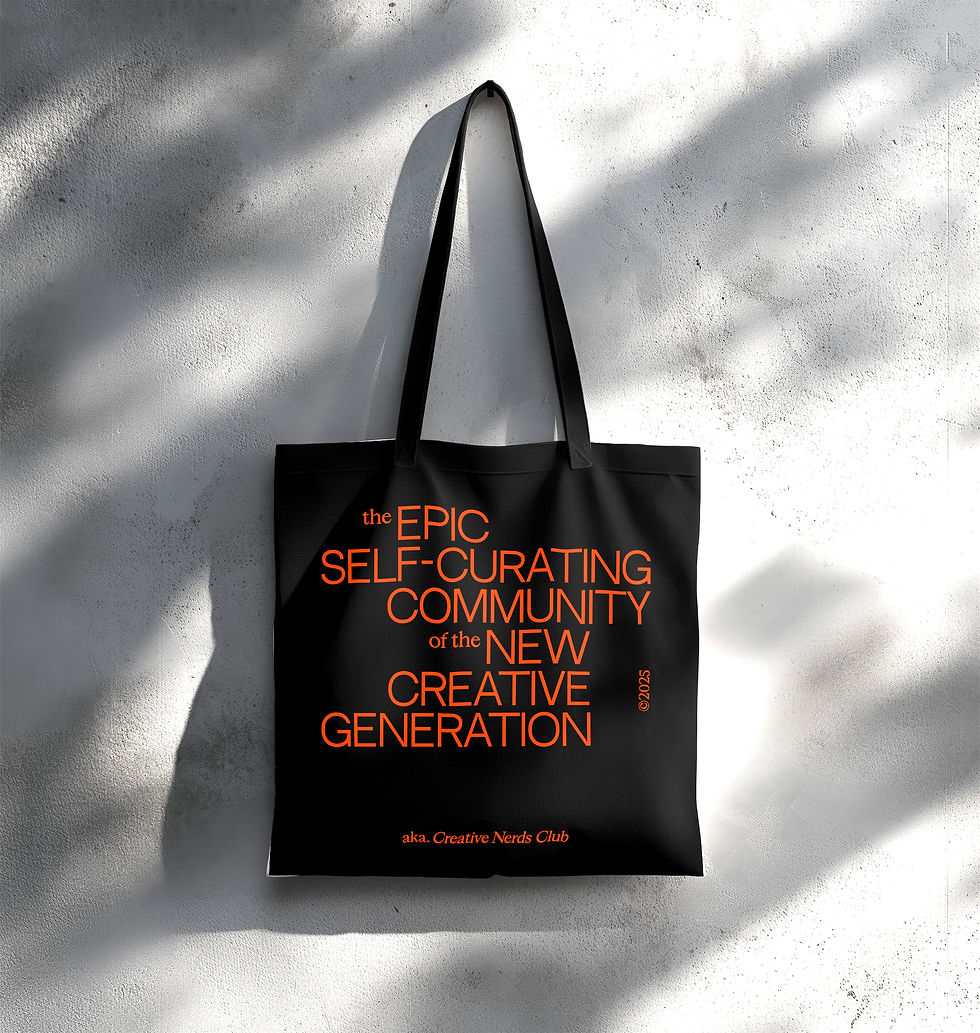Palet. | Custom Ceramic Studio
- Onur Çoban

- Sep 23, 2024
- 5 min read
Updated: Dec 24, 2024

Although ceramics has been a traditional craft for centuries, Palet Company brings a breath of fresh air to this practice. Unlike its global counterparts, Palet is not content with aesthetic values alone; with its visionary approach, it blurs the boundaries of design and art, carving a unique place for itself in the world of ceramics. Handcraftsmanship meets modern lines, blends with sustainable materials and gains a timeless identity. The fact that they bring an innovative perspective to such a long-established practice makes Palet one step ahead and offers an inspiring story about the future of ceramics. We had a chat with the Palet team about their production practices and their work.
Interview: Onur Çoban
Could you first tell us about the story of Palet's establishment? How did your journey begin?
Palet: Palet is a young company in one of the oldest industries - the ceramics industry. We started in 2021 with the launch of our surface design system, a self developed printer for ceramic tiles.
The first chapter of Palet was by no means a calculated step towards becoming a company that delivers tiles for projects of all sizes, all over the world. It started as somewhat of an experiment from our founder Gilles (de Brock) who was approaching it as a design project. Gilles and Jaap (Giesen) recognized the potential to turn the tiles into an interior design application and spent most of the early days of Palet designing and building a printer, as well as developing a glaze and pattern collection. The combination of these two elements really became the DNA of our product.

Photo: Palet.
The second chapter probably started 2 years ago. We found product market fit and were struggling to combine the growth in demand with the need to continue product development. This is when Niels (Monsieurs) joined and we really started to scale. Our studio turned into a small factory and we started investing in developing our brand and visibility. Throughout this journey, we’ve been super lucky with our partners and being embraced by the interior design community. This interview is a great example of how the product has opened many doors and expanded our network. :)
How does the production process of ceramic tiles work at Palet? Can you tell us about the steps from the first drawing to the final product, together with the creative processes and the techniques used? I would like to listen to how you interact with materials during the production stages and how you add a story to each tile.
Palet: The design system is the basis and consists of a glaze printer we developed in house. The printer works with a range of patterns that consist of our signature six stripes. Our current offering has an almost endless combination of glazes with more than 25 different patterns allowing us to create unique designs for our customers on a daily basis.
We sell our tiles starting one square meter and produce only on demand. As soon as we receive an order we load biscuit tiles (unglazed tiles) in our printer and mix the two glazes as requested. The printer is semi-automated so as soon as we select the pattern and hit enter, the printing starts.
The printed or glazed tiles get loaded into cartridges and go into our kilns. The next day is always a gift as we get to see the results. Palet is all about the dynamic that exists between colors and with glazes this truly is an art and science. We stay very close to quality control and ship on a daily basis, all from a single location in the Netherlands.
Photos: Palet.
Which of your works has excited you the most in terms of the design process and the final product?
Palet: We’ve been incredibly lucky. Recently we did a project with Reiters for NN07 in New York which allowed us to get close to the brand’s DNA. We developed a tile design that is inspired by an old cobalt-glazed Danish tile that was found on-site at their store location and are now applying the same across their different stores.

NN07 - NYC Flagship Store, Interior Design: Reiters - Wings, Photos: Palet.
Going back a little further we owe a lot to collaborators who gave us a chance early on. Watch House in London was probably the first project that allowed us to experiment with more experimental glazes. We learned so much on how to make our collaborators part of the creative journey by just trying things out together.
Watch House, Interior Design: Modiste Studio, Photos: Palet.
What are your thoughts on the power of colors to transform spaces? How do you define the role of color in your designs?
Palet: Through our design system we can offer pretty much any color imaginable which is far from the norm in the ceramics industry. It adds a new dimension to an old product and makes it a very intimate product.
The complex interaction of light physics, perception, and experience create the diverse range of hues we experience in daily life. We literally get to explore this interaction every date at our factory through tile experiments and projects. We find this very exciting.
"Color is the heart and soul of Palet. We seek to empower people to design their own spaces and do this almost entirely through color."
Photos: Palet.
What is the story behind DAY BED, your work with Uchronia as part of Paris Design Week, where you transformed an oversized canopy bed into a work of public art?
Palet: Uchronia has been our BFF from day one. Our product compliments their design aesthetic and through a series of project collaborations we’ve seen our ambitions to work together grow. The vision of the DAY BED is entirely Uchronia but we’ve been able to make a big contribution to it with our product. It’s one of those moments where we’re equally proud of the result of the installation as the underlying relationship.
DAY BED, Paris Design Week 2024, Photos: Palet.
Can you tell us a little bit about the inspiration behind your work? Who are the names you follow with curiosity in this field or in different disciplines?
Palet: We get inspired by many different design professionals. Beyond Uchronia, we like to follow the work of Paradowski Studio, Studio Shamshiri, and Linda Boronkay Design Studio. Broadly speaking we all have our own personal favorites but artists like Sean Scully, Bridget Riley and Josef Albers have all had an impact on what Palet is today. Beyond this inspiration can literally come around every corner. We love a good walk around town. :)
Are you excited for the future and what are your plans?
Palet: Absolutely. We tend to overestimate what we can do in the short term and underestimate what we will do in the long term but we have a good idea of where we’re going in the next couple of years. Scaling our production and sales capabilities is the mission for the next year. Part of this was launching our website (palet.shop) but what folks don’t see is all the time and money we are investing in the factory. Being able to produce bigger projects faster is important as we’re taking on more ambitious projects. Besides that we’re actively looking for meaningful partnerships with brands, platforms and designers we admire. It takes a village and our product is only as good as its application so working with people who will push us to try new things is really important for our growth.






